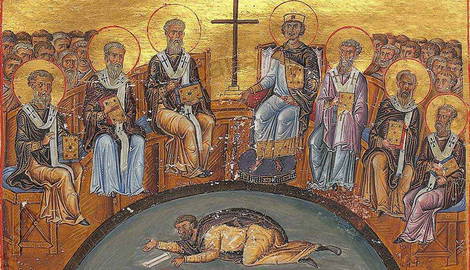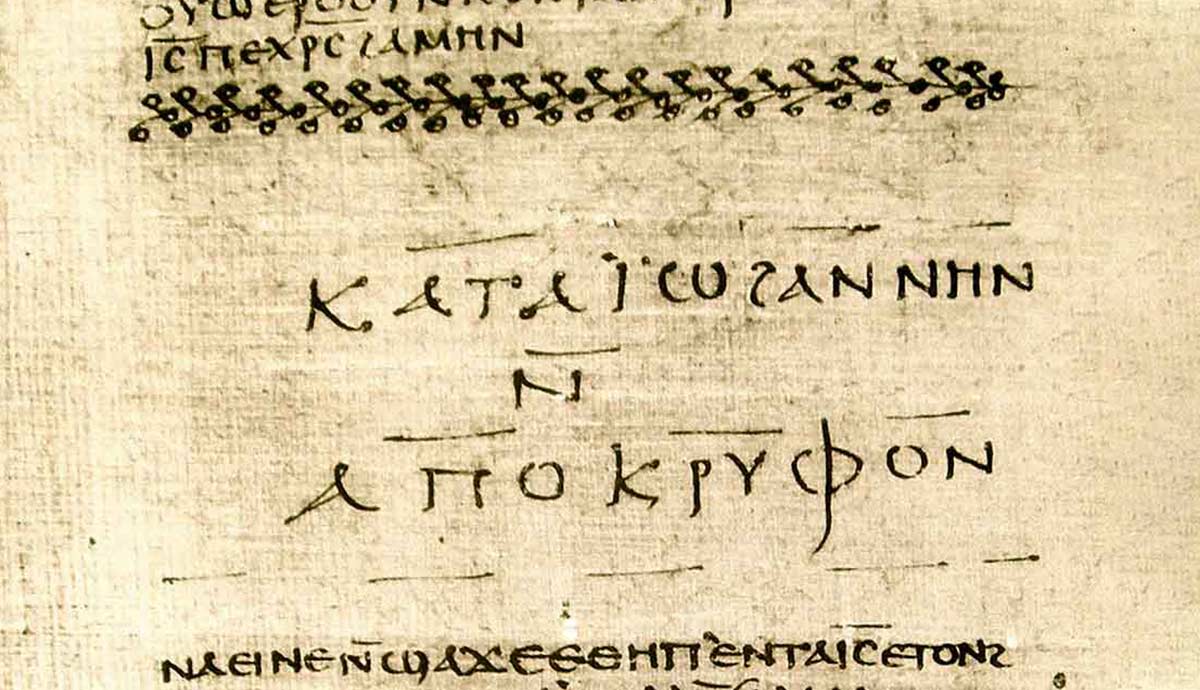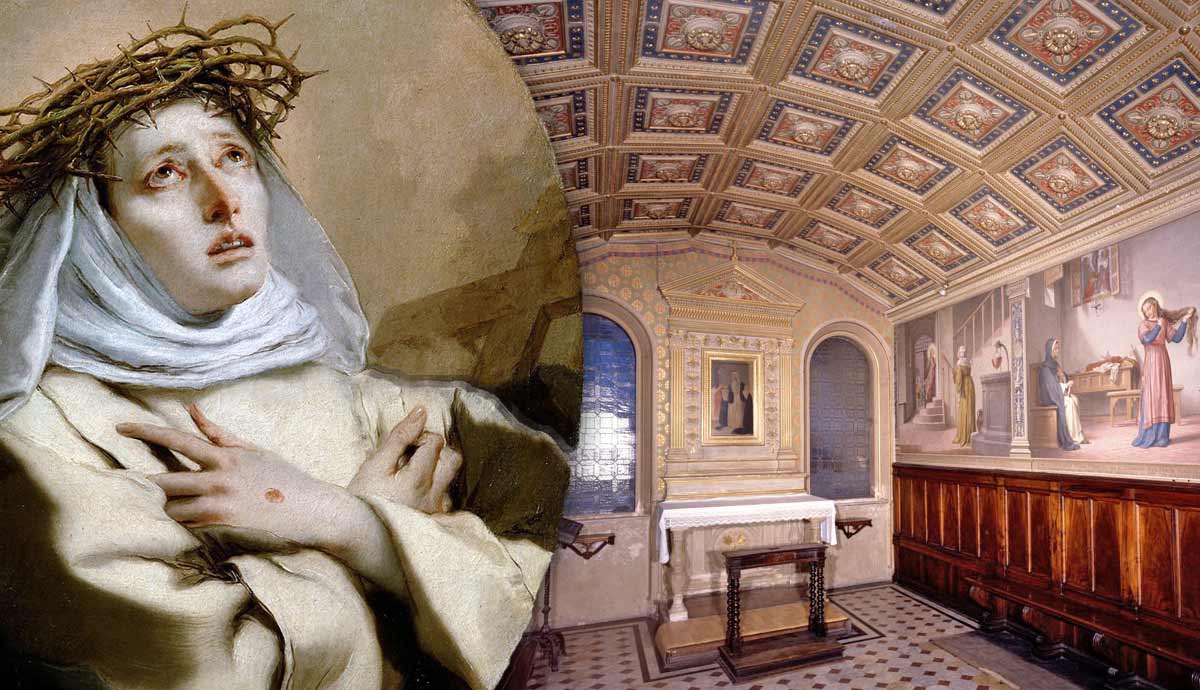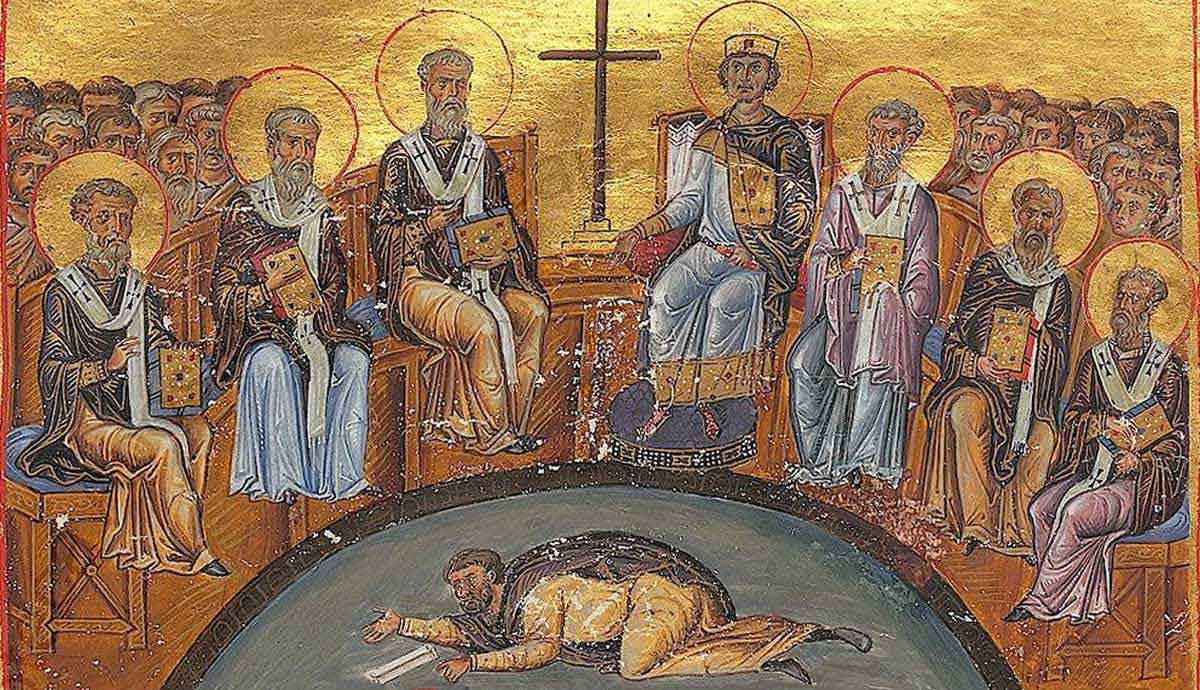
The Second Council of Nicaea is the seventh and final of the Seven Ecumenical Councils of the early church, and it helped to determine and consolidate Christian orthodox thought regarding the person and nature of Jesus Christ in the preceding centuries. It was held in 787 in Nicaea, in modern-day Turkey.
Events that Led to the Second Council of Nicaea

In the previous six ecumenical councils, matters regarding the divinity and humanity of Jesus Christ were debated and discussed, along with political and religious maneuverings within the Catholic Church at the time. Arianism, Nestorianism, Monophysitism, and many other “isms” were debated, and a generally common resolution regarding the idea that Jesus Christ was both fully human and fully God came out of the councils.

The Second Council of Nicaea had very little to do with any of the previous issues discussed. What had come about in the 700s was whether or not images could be used in worship by Christians. These images, called icons, were beginning to hold special significance for some Christians by the 600s and 700s CE, while other Christians considered the use of icons a violation of the Second Commandment given to Moses.
Exodus 20:
“4 Thou shalt not make unto thee any graven image, or any likeness of anything that is in heaven above, or that is in the earth beneath, or that is in the water under the earth.
5 Thou shalt not bow down thyself to them, nor serve them: for I the Lord thy God am a jealous God, visiting the iniquity of the fathers upon the children unto the third and fourth generation of them that hate me…”
The Iconoclastic Controversy
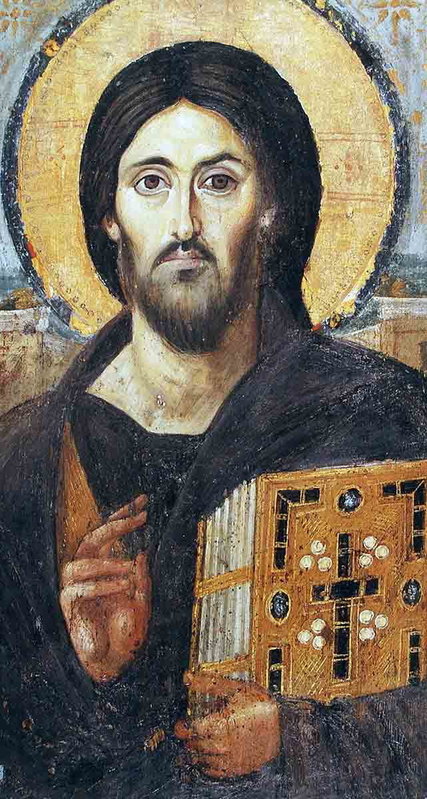
Byzantine Emperor Leo III had restricted the use of icons beginning about 726 CE, angering the Greeks and some of the Western church, particularly Pope Gregory II and Pope Gregory III. The opposition to and destruction of icons is called iconoclasm, and the opponents of iconography, at times, sought to eradicate their use, sometimes leading to violent confrontations. Leo’s son Constantine V was also an iconoclast, and called the Council of Hiera in 754 to denounce the usage of icons. However, the Council of Hiera was generally rejected throughout the empire as it was not attended by any major patriarchate, including Rome.
By the 780s CE supporters of icons finally had a sympathetic ear in Irene, mother and regent for her son, Constantine VI, and a council was finally convened by 787 in Nicaea.
Key Decisions Made by the Council
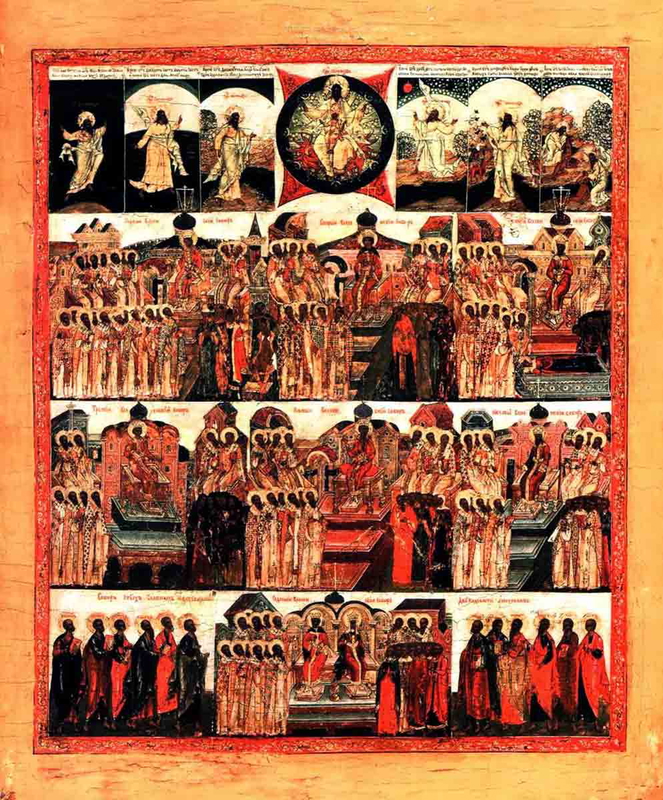
The council confirmed the decisions made by the first six ecumenical councils, and confirmed the use of icons as proper in worship. From the Council’s Definitions:
“The more frequently they are seen in representational art, the more are those who see them drawn to remember and long for those who serve as models, and to pay these images the tribute of salutation and respectful veneration. Certainly, this is not the full adoration {latria} in accordance with our faith, which is properly paid only to the divine nature, but it resembles that given to the figure of the honored and life-giving cross, and also to the holy books of the gospels and to other sacred cult objects…”

Another decision reached was that each church altar should have some sort of relic – a physical object or body part belonging to a deceased saint – within it as part of the church. A divide still persists between Catholic/Orthodox and Protestants today regarding iconography. A large majority of Protestantism does not consider there to be any difference between the terms “veneration” and “worship”, and argues that all prayers and worship of any type are to be directed at God alone. Catholicism still holds that a difference persists, and the theology is generally related to prayers to the saints as well as the use of Christian relics.
